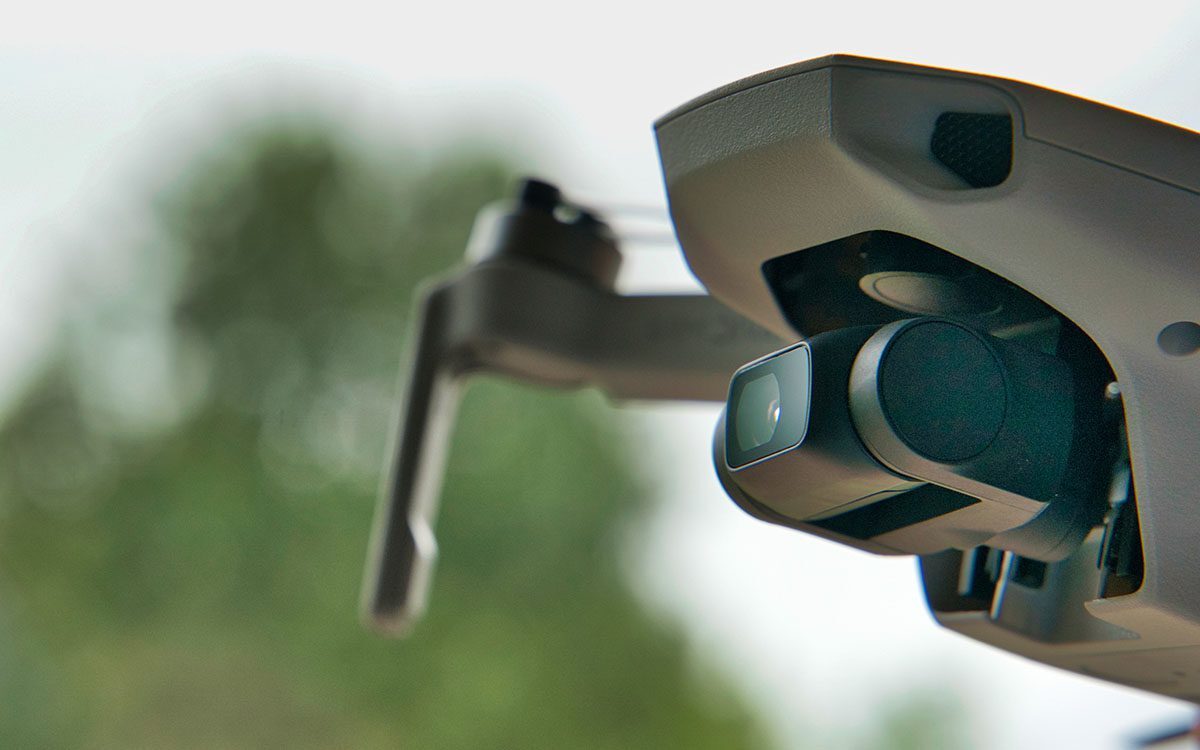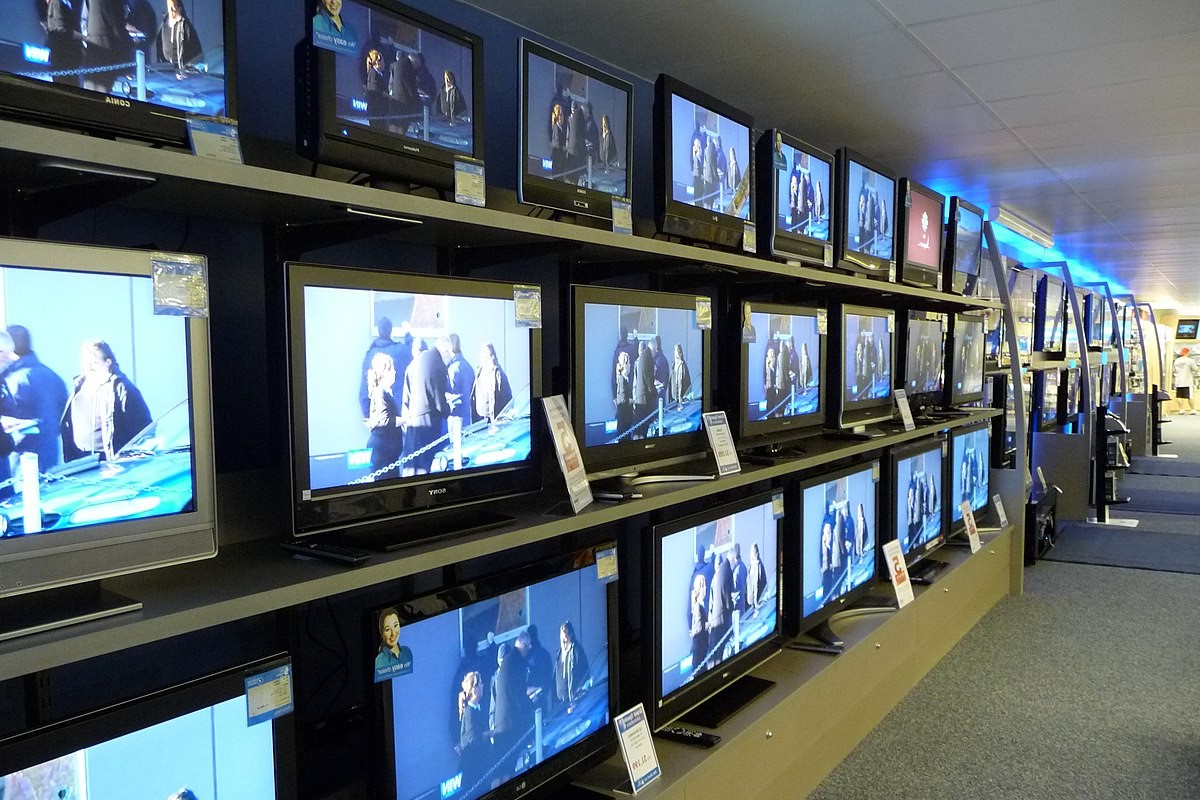
RemoteID is a game-changer for drone enthusiasts and professionals alike. But what exactly is RemoteID? RemoteID is a system that allows drones to broadcast their identification and location information during flight. This technology helps improve airspace safety, making it easier for authorities to monitor drone activity and ensure compliance with regulations. Imagine flying your drone without worrying about interfering with other aircraft or breaking any rules. With RemoteID, you can enjoy your flights with peace of mind, knowing you're contributing to safer skies. In this post, we'll dive into 23 fascinating facts about RemoteID that every drone pilot should know.
What is RemoteID?
RemoteID is a system designed to identify drones in flight. It helps authorities track and manage drone traffic, ensuring safety and security in the skies. Here are some fascinating facts about RemoteID.
-
RemoteID is like a digital license plate for drones. It broadcasts information about the drone and its operator, making it easier to identify and track.
-
The Federal Aviation Administration (FAA) mandates RemoteID for most drones. This requirement aims to enhance airspace safety and security.
-
RemoteID can be broadcast via radio frequency or the internet. This flexibility ensures that drones can be identified in various environments.
-
Drones without RemoteID capabilities must fly in specific areas. These areas are called FAA-recognized identification areas (FRIAs).
-
RemoteID helps law enforcement identify unauthorized drones. This capability is crucial for preventing illegal activities and ensuring public safety.
How Does RemoteID Work?
Understanding the mechanics of RemoteID can demystify how drones communicate their identity and location. Here are some key points about its operation.
-
RemoteID-equipped drones broadcast a unique identifier. This identifier is linked to the drone's registration information.
-
The broadcast includes the drone's location, altitude, and speed. This data helps authorities monitor drone activity in real-time.
-
RemoteID signals can be received by anyone with the right equipment. This transparency promotes accountability among drone operators.
-
The system uses GPS to determine the drone's position. GPS ensures accurate location data for tracking purposes.
-
RemoteID also transmits the location of the drone's control station. This feature helps authorities locate the operator if needed.
Benefits of RemoteID
RemoteID offers numerous advantages for drone operators, authorities, and the general public. Here are some of the most significant benefits.
-
Enhances airspace safety by reducing the risk of collisions. Knowing where drones are helps prevent accidents.
-
Aids in the identification of lost or stolen drones. RemoteID can help recover drones by providing their last known location.
-
Supports the integration of drones into the national airspace. RemoteID is a step towards more widespread and safe drone use.
-
Facilitates efficient air traffic management. Authorities can better manage drone traffic with real-time data.
-
Promotes responsible drone operation. Knowing they can be identified encourages operators to follow regulations.
Challenges of Implementing RemoteID
Despite its benefits, implementing RemoteID comes with challenges. Here are some of the hurdles faced by authorities and operators.
-
Cost of upgrading or replacing drones. Not all drones have built-in RemoteID capabilities, requiring costly upgrades.
-
Privacy concerns among drone operators. Some operators worry about their location data being accessible to the public.
-
Technical issues with signal transmission. Interference or weak signals can affect the reliability of RemoteID broadcasts.
-
Compliance and enforcement difficulties. Ensuring all drone operators comply with RemoteID regulations is a significant challenge.
-
Limited coverage in remote areas. RemoteID relies on signal reception, which can be problematic in isolated regions.
Future of RemoteID
The future of RemoteID looks promising as technology evolves and regulations adapt. Here are some potential developments.
-
Integration with Unmanned Traffic Management (UTM) systems. This integration will create a more comprehensive air traffic management solution.
-
Advancements in drone technology. Future drones may have more robust and reliable RemoteID capabilities.
-
Global adoption of RemoteID standards. International cooperation could lead to standardized RemoteID regulations worldwide.
Final Thoughts on RemoteID
RemoteID is a game-changer for drone operations. It enhances safety, security, and accountability in the skies. By broadcasting a drone's location and operator details, it helps authorities manage airspace more effectively. This technology isn't just for law enforcement; it benefits hobbyists and commercial operators by promoting responsible flying. As drone usage grows, RemoteID will become even more crucial. It's not just about compliance; it's about creating a safer environment for everyone. Understanding these facts can help you stay ahead in the drone community. So, whether you're a seasoned pilot or a newbie, embracing RemoteID is a smart move. Keep these insights in mind, and you'll be well-prepared for the future of drone aviation. Happy flying!
Was this page helpful?
Our commitment to delivering trustworthy and engaging content is at the heart of what we do. Each fact on our site is contributed by real users like you, bringing a wealth of diverse insights and information. To ensure the highest standards of accuracy and reliability, our dedicated editors meticulously review each submission. This process guarantees that the facts we share are not only fascinating but also credible. Trust in our commitment to quality and authenticity as you explore and learn with us.


